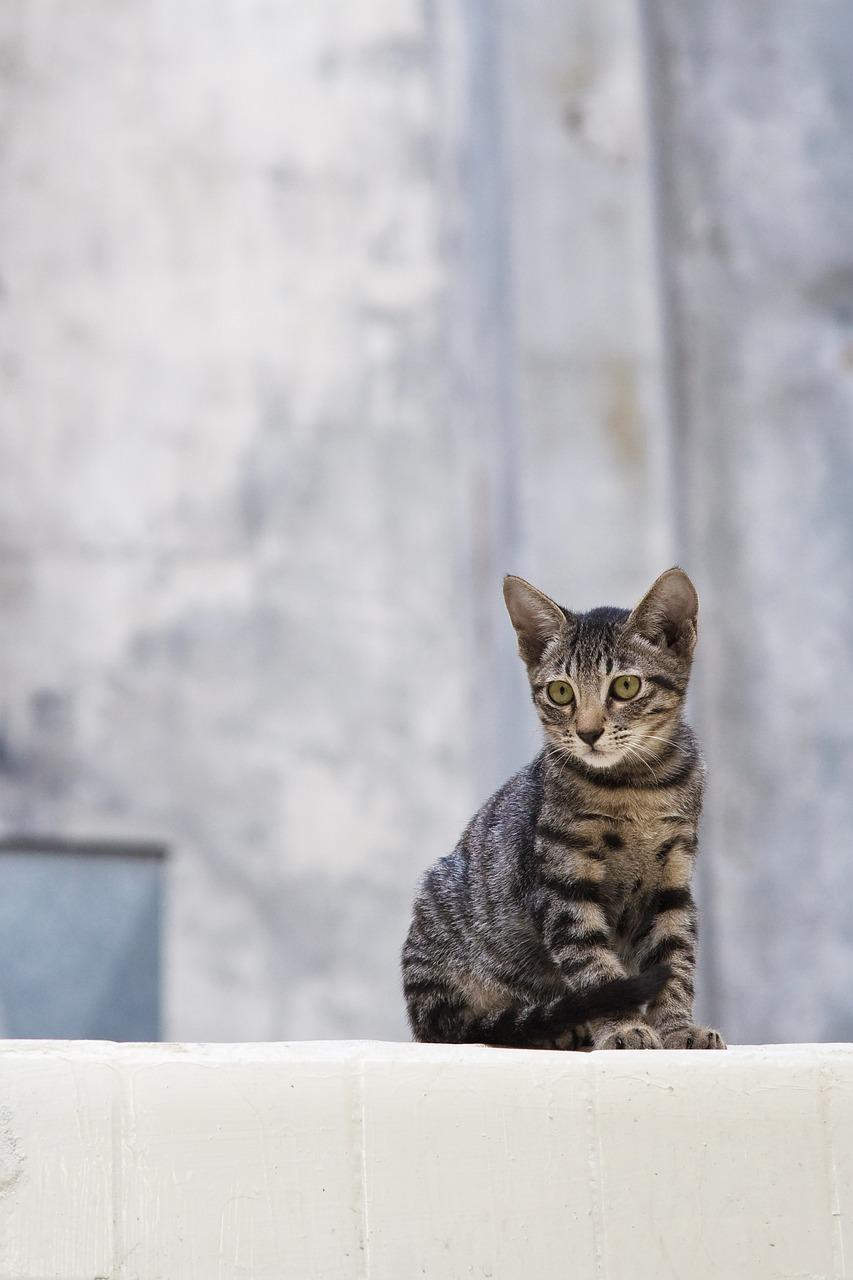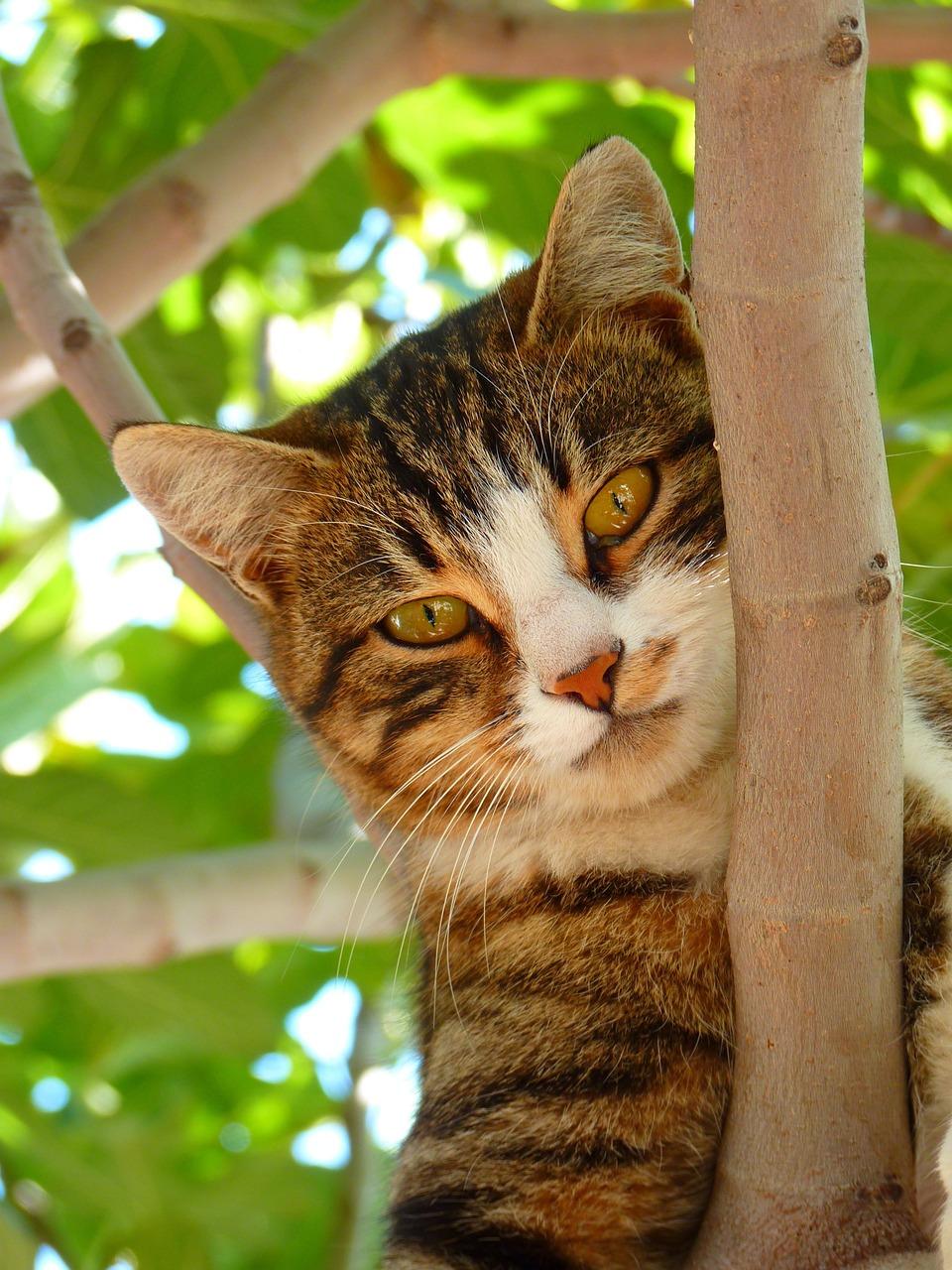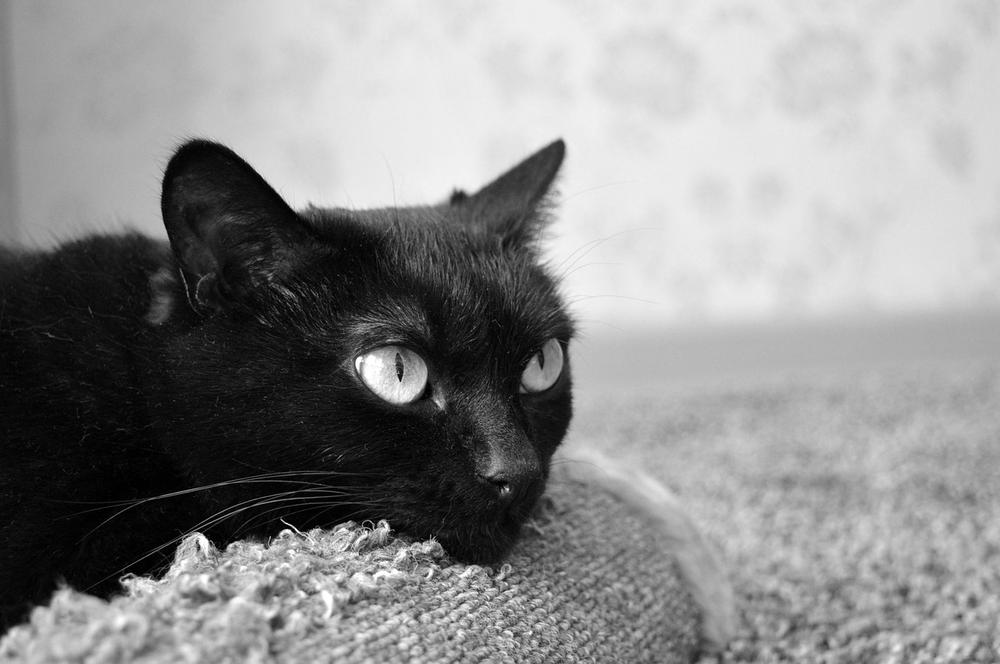Why Does Your Cat Scratch Around His Food? (Real Answer)

Imagine this:
You've just poured a fresh bowl of cat food for your furry friend, expecting a peaceful mealtime, but instead, chaos ensues. 😼
Your cat goes wild, scratching and pawing at the floor around the food dish, making a mess everywhere.
It's frustrating, isn't it?
You're not alone.
Countless cat owners have experienced this disruptive behavior, and they've been seeking answers.
Well, your search ends here.
Let's uncover the mystery together and put an end to this madness.
Let's begin.
Can Changing the Feeding Routine Help Stop the Scratching Behavior?
Can changing your cat's feeding routine help stop their scratching? 😺
Yes, it can.
Here are some effective strategies you can try:
- Give your cat small and fresh meals throughout the day. This stops them from trying to bury their food.
- Use puzzle feeders and interactive methods. It makes mealtime fun for your cat and lets them eat at their own pace.
- Control portion sizes so that your cat is properly fed. This reduces the likelihood of excessive scratching.
- Consider using non-slip bowls or interactive feeders to prevent sliding and tipping. This can minimize frustration and scratching.
- Add variety to their meals with automatic wet food feeders. It helps with weight control too.
- Clear away empty food bowls promptly to avoid tempting your cat to scratch around them.
- Schedule small meals instead of leaving food out all day to prevent overeating and encourage healthy habits.
- Engage your cat mentally and physically by using puzzle feeders for treats as well. It diverts their attention away from furniture scratching.
- Try using cat-friendly scents like catnip or silver vine near the food bowl. It distracts cats from scratching.
Implementing these changes in your cat's feeding routine creates a more stimulating and satisfying environment, which reduces scratching behavior.

So give them a try and see the difference!
And if you're wondering why cats exhibit this behavior in the first place and how to put a stop to it, I've got you covered.
In my guide on Why Do Cats Knock Over Their Food Bowls, I explore the reasons behind this curiosity-inducing act and provide helpful solutions to prevent it.
So, if you want to gain a better understanding of your feline friend's behavior and keep those food bowls standing tall, make sure to check out my article.
Is Scratching Around Food a Natural Behavior for Cats?
Scratching around your cat's food bowl is completely normal.
Don't worry, there's no secret message or conspiracy behind it.
When your cat scratches around their food, they're just being cats. It's instinctual and part of their DNA.
This behavior taps into their ancient hunting instincts. They imagine themselves as wildcats on a thrilling adventure in the savannah.
It's pretty awesome, right?
Not only does scratching fulfill their natural urges, but it also helps keep their eating area clean.
Cats like things tidy, after all.

But remember, scratching is different from kneading.
Kneading is a joyful action that shows contentment.
So instead of scolding or punishing your cat for scratching, try a more positive approach.
Use rewards and distractions to create a pleasant feeding experience. You can even incorporate interactive feeder toys that make mealtime a fun hunt for your feline friend.
By understanding and accepting these behaviors, you'll build a stronger bond with your cat and turn mealtimes into purrfectly delightful moments.
But have you ever wondered why exactly your cat scratches around their food?
What drives this seemingly random behavior?
Well, get ready to uncover the fascinating reasons behind it because in the next section, I'll delve into the various motivations cats may have for scratching around their food bowl.
Trust me, it's a window into their wild instincts that you won't want to miss!
Does Scratching Around Food Serve a Purpose for Cats?
Scratching around their food is a common behavior for cats.
But why do they do it?
There are a few reasons behind this interesting habit.
One theory suggests that domestic cats still have the instinct to hide their food, just like in the wild. It's like having a secret stash.
Another reason is that cats may scratch or bury the food they don't like. They want to keep things neat and tidy, you know?
But here's something fascinating:
By scratching around their food, cats can conceal the scent of it.
This comes from their natural instinct of burying prey. It's like saying to predators, "Nope, no food here!"
It gets more interesting:
If you see scratching marks around the food bowl, it could also mean that a female cat is protecting her kittens from potential predators attracted by the smell of food. She's being a loving momma.

Moreover, scratching around the food area helps cats keep their territory clean and avoid drawing attention from predators.
And guess what?
Cats sometimes playfully scratch or interact with their water bowls too. Quirky little creatures, aren't they?
So, how can you redirect this scratching behavior?
It's simple.
Provide designated scratching areas nearby, like vertical scratching posts or horizontal scratching pads.
Encourage them to scratch those instead of the surroundings of their food bowl.
Offer them an alternative outlet for their scratching needs, and they'll appreciate it.
But what if your cat's scratching behavior around their food bowl is unrelated to any of the reasons mentioned earlier?
Don't worry, there could be other underlying factors at play.
In the next section, we will explore how relaxation techniques and a visit to the vet can help address this scratching issue.
So, let's dive in and learn more ways you can help your furry friend!
Is Scratching Around Food a Sign of Discomfort or Anxiety?
Is your cat scratching around their food bowl?
Well, it could be a sign of discomfort or anxiety.
But don't worry, there are ways to address this behavior and make your cat feel more at ease.

Here are some tips to help you out:
- Identify potential triggers for your cat's anxiety, such as conflicts with other cats or changes in their environment. Addressing these issues can help reduce their stress levels.
- Create a calm feeding environment by providing background noise like soothing music or a white noise machine. This can help relax your cat and decrease their anxiety-related scratching around the food bowl.
- If the scratching behavior is new and unrelated to any food changes, it's important to have your cat checked by a veterinarian. There may be underlying health issues that need to be addressed.
- Excessive scratching and spending a lot of time in the litter box may indicate cystitis in cats, which requires veterinary attention. Keep an eye on your cat's litter box habits for any signs of discomfort.
- While scratching around the food bowl can sometimes be accompanied by kneading or laps, aggression or unusual behaviors should be examined by a vet. These could indicate a more serious issue.
Understanding and addressing the underlying causes of your cat's scratching behavior is crucial for their well-being.
So take action and create a comfortable and stress-free environment for your furry friend. 🐾
And now, let's dive deeper into the various reasons why your cat scratches around their food bowl!
So, why do they do it?
Does Scratching Around Food Indicate a Problem with the Food or Bowl?
Scratching around the food bowl is a common behavior in cats, and it can mean several things.
But don't automatically assume there's something wrong with the food or bowl.
What you can try first is experimenting with different types of bowls. Your cat might not like plastic bowls, so switching to stainless steel or ceramic could make a difference.
It's all about finding their preference.
Now, let's dive into why cats scratch around their food.
There are a few possible reasons.
Maybe they're not loving the new food you introduced or maybe you gave them too much at once.
Some cats engage in a behavior called food caching, where they scratch newspapers, tear them up, or even pile them over their bowls.
Cats sure know how to be mysterious!
Another thing to look out for is kneading.
Cats often perform this cozy action around the soft areas near their food bowls. It's their own little ritual.
The key here is managing your cat's scratching behavior.
If they constantly scratch or bury their food, it might be time to gradually transition to a different food that suits their taste buds.
After all, who likes eating something they don't enjoy?
If you consistently notice a lot of leftover food in the bowl, it might indicate that your cat is stressed.
Poor kitty.
Managing portion sizes can help alleviate that stress and ensure they're getting just the right amount of food.
In some cases, if scratching behavior suddenly appears alongside other changes in behavior or digestion, it's wise to take your cat to the vet.
They'll be able to determine if an underlying medical condition is causing the scratching frenzy.
And finally, some cats scratch or bury food they dislike as a means of disposal.
Talk about being a cat food critic!
Understanding your cat's behavior is crucial for their well-being.
With a bit of patience and observation, you can uncover what's really going on during your cat's mealtime routine.
Do Cats Scratch Around Their Food to Mark Territory?
To help your feline friend establish their territory, arrange scratching posts with different textures near their feeding spot.
By offering designated scratching options, you give your cat a chance to mark their territory without scratching around their precious food.

Intriguingly, female cats have the instinct to conceal their food from other potential scavengers by burying it.
Furthermore, cats utilize scratching as another way to stake their claim using scent. However, keep an eye on unneutered male cats.
They may resort to spraying urine, a distinctive warning signal targeting predators. To curb this behavior, it is recommended to have them neutered.
The Significance of Cat Food Scratching
Key Takeaways:
- Changing the feeding routine can help stop the scratching behavior.
- Puzzle feeders and interactive feeding methods make mealtime fun.
- Controlling portion sizes and using non-slip bowls can minimize scratching.
- Removing food bowls when finished and scheduling small meals prevent scratching.
- Scratching around the food bowl is a common and harmless behavior.
- Understand and accept cats' instincts to build a better relationship.
- Scratching should not be punished, positive reinforcement and distraction techniques are recommended.
- Cats scratch around their food to hide it and keep their personal space tidy.
- Scratching helps conceal the scent of their food from predators.
- Excessive scratching may indicate stress or an underlying health issue.
And that wraps up today's article.
If you wish to read more of my useful articles, I recommend you check out some of these: Why Does My Cat Steal My Seat, Why Does My Cat Hates Being Held, Why Your Cat Grunts, How to Stop a Cat From Spraying, and Why Does My Cat Hold My Hand
Talk soon,
-Sarah Davis